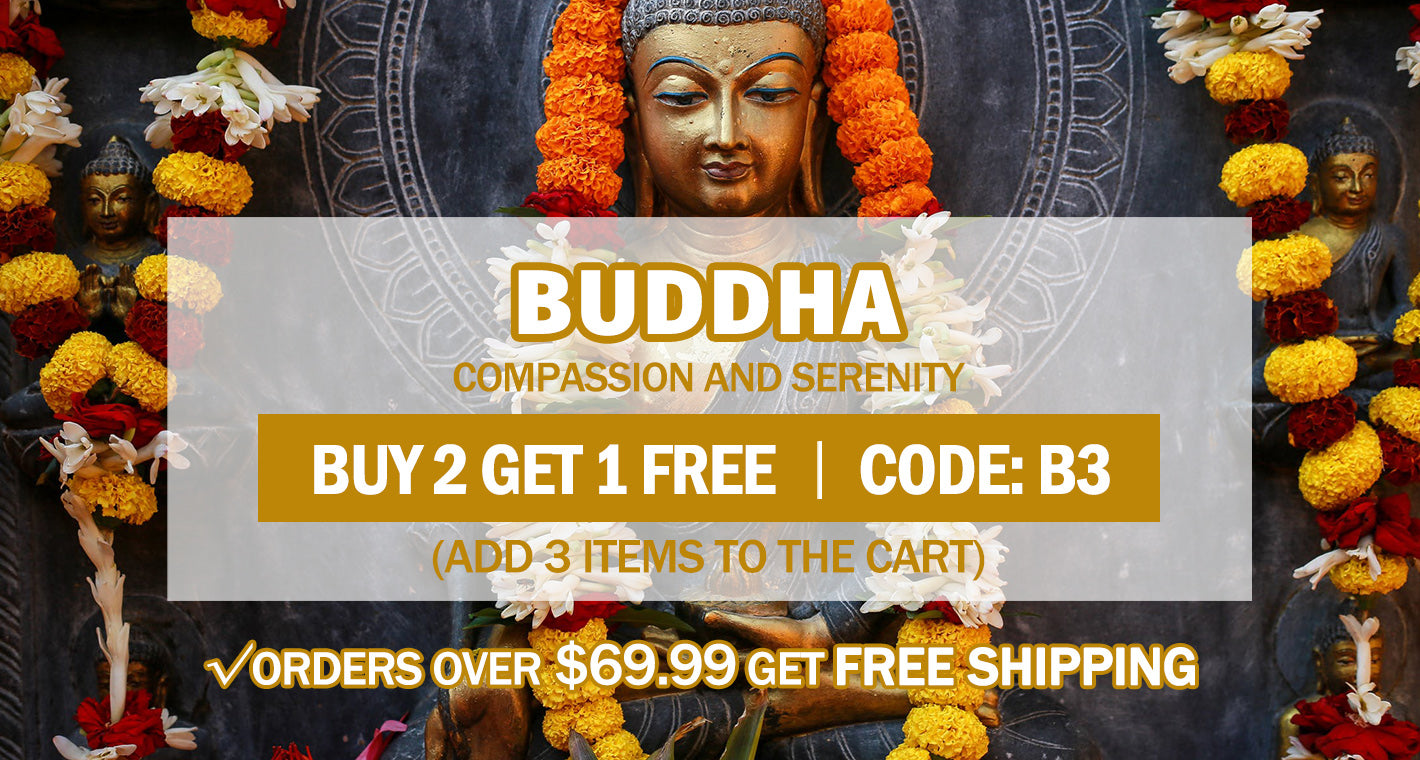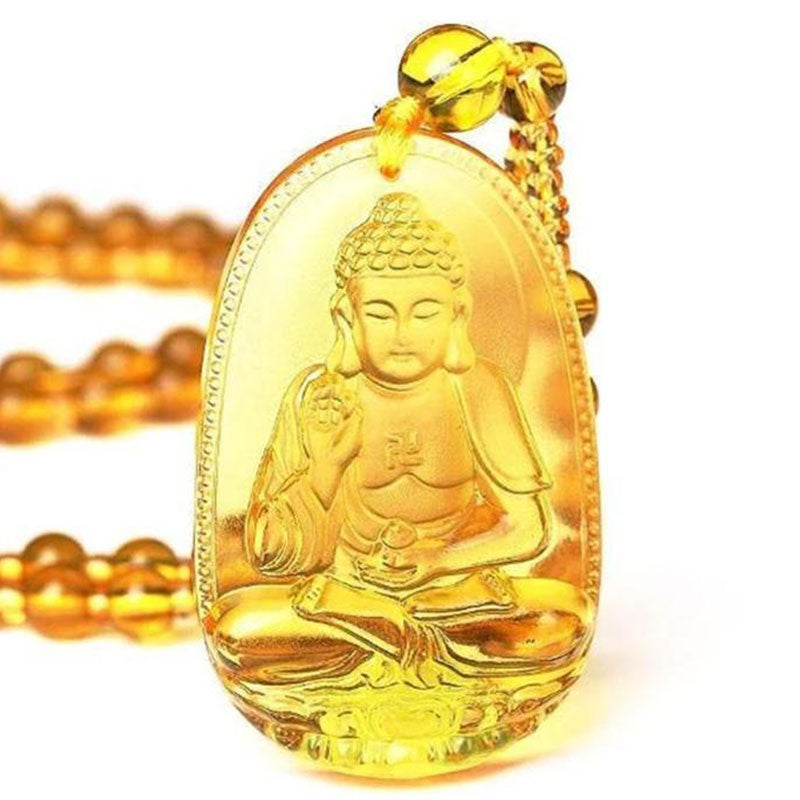
Discover the serene beauty of Buddha Stones' buddha necklaces, each one crafted with care and imbued with a sense of peace and harmony. Adorn yourself with the timeless elegance of these intricate pieces, designed to reflect the timeless wisdom of the Buddha. Elevate your look and channel your inner tranquility with Buddha Stones' stunning necklaces, perfect for any occasion.
454 products
454 products
































 He took an ascetic walk peacefully along the road, wearing the cape and holding the sadhu's single bowl as he came back to the castle. He then settled to depart the castle in hunt of a solution to the suffering issue. He ran to the edge of the woods after silently bidding his wife and family farewell without trying to wake them. He shaved his hair with his blade and changed into ascetic robes while he was there.
He took an ascetic walk peacefully along the road, wearing the cape and holding the sadhu's single bowl as he came back to the castle. He then settled to depart the castle in hunt of a solution to the suffering issue. He ran to the edge of the woods after silently bidding his wife and family farewell without trying to wake them. He shaved his hair with his blade and changed into ascetic robes while he was there. 








